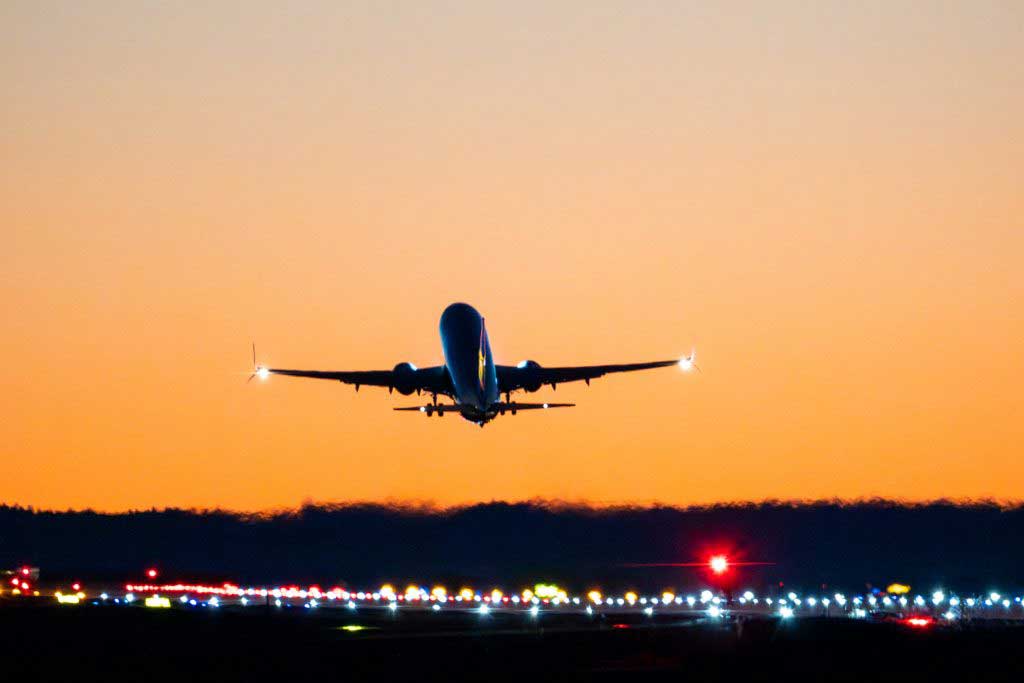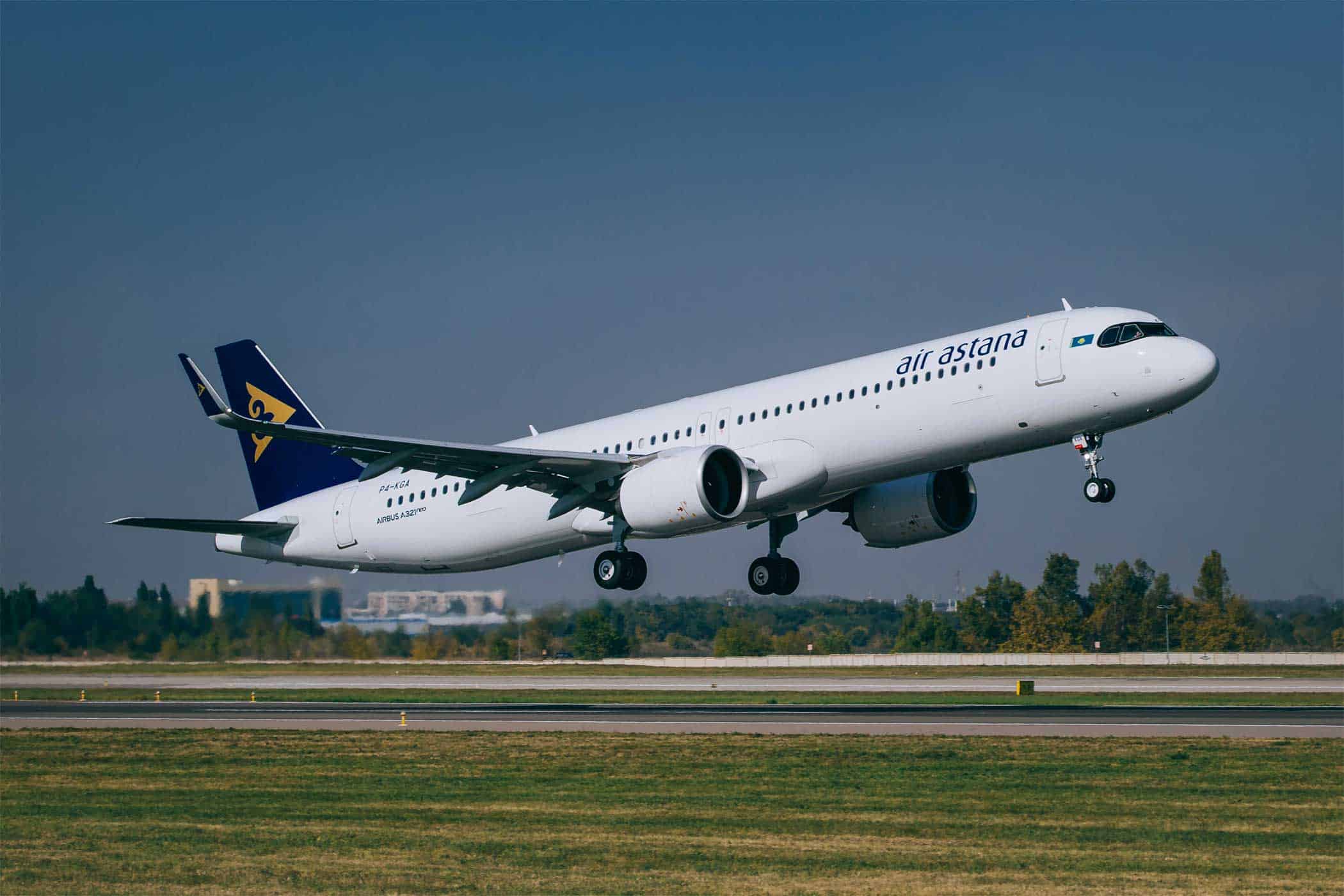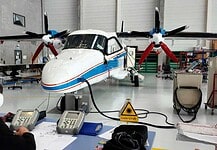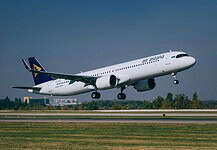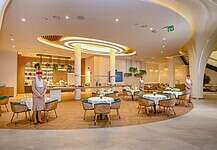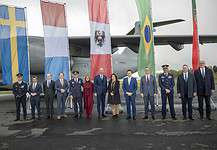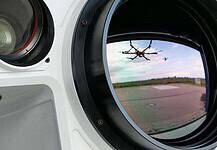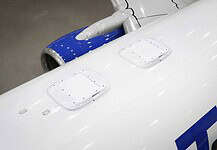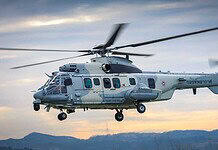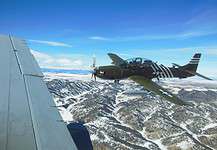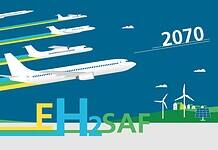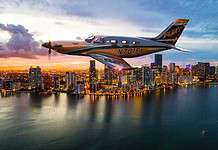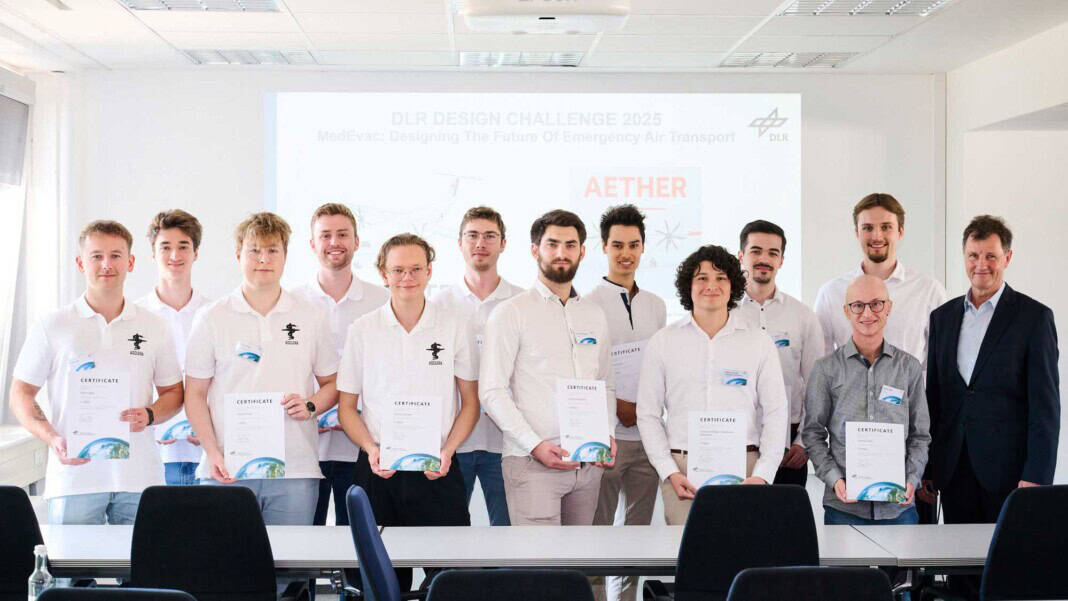
This site is also available on:
Deutsch
Introduction to the importance of modern emergency evacuation aircraft
In light of the increasing incidence of natural disasters and global crises, the development of modern emergency evacuation aircraft is becoming increasingly important. These specialized aircraft must not only be robust and efficient, but also versatile, ensuring rapid medical assistance and evacuations in a wide variety of environments. This involves not only spatial range, but also technical innovations that improve the safety and comfort of patients and medical personnel. The requirements for such an aircraft are complex, as it must be able to cope with a wide variety of operational scenarios and operate in different regions under difficult conditions. The challenges for design, aerodynamics, and medical equipment are therefore enormous.
The DLR Design Challenge 2025 focused precisely on these requirements and challenged students to develop innovative and practical concepts for an emergency evacuation aircraft that meets these complex requirements. Given global developments, including climate change and increasingly frequent extreme weather events, the focus is particularly on regions with limited access, where such aircraft can significantly improve rescue services. The ability to save lives quickly and effectively and provide medical assistance efficiently is at the heart of the challenge.
DLR Design Challenge 2025: Framework conditions and requirements for the rescue aircraft
The competition combined technology, creativity, and teamwork at the highest level. The student teams AETHER from FH Aachen and ASCLERA from RWTH Aachen spent months intensively examining the specific technical and medical requirements that a modern emergency evacuation aircraft must meet. They simulated all stages of the real aircraft development process – from the initial concept idea to the detailed development of technical specifications and calculations, and finally, the presentation and defense of their designs before an expert jury.
The requirements were multifaceted. On the one hand, the aircraft was able to transport up to 19 people, which posed challenges for the cabin design in terms of patient transport and medical equipment. On the other hand, it had to cover a range of operational scenarios – such as takeoffs and landings on different surfaces, demanding mission profiles, and the provision of medical care in flight and on the ground. This versatility required an innovative combination of aerodynamic performance, reliable propulsion technology, and optimized rescue procedures.
Sustainable technologies were another key aspect in achieving a future-oriented solution that meets ecological standards. Medical care was just as relevant as the integration of intelligent, partially automated systems to accelerate the rescue and evacuation process and increase the safety of everyone involved. The teams therefore had to combine technical, medical, and organizational expertise, which intensified the challenge of the competition.
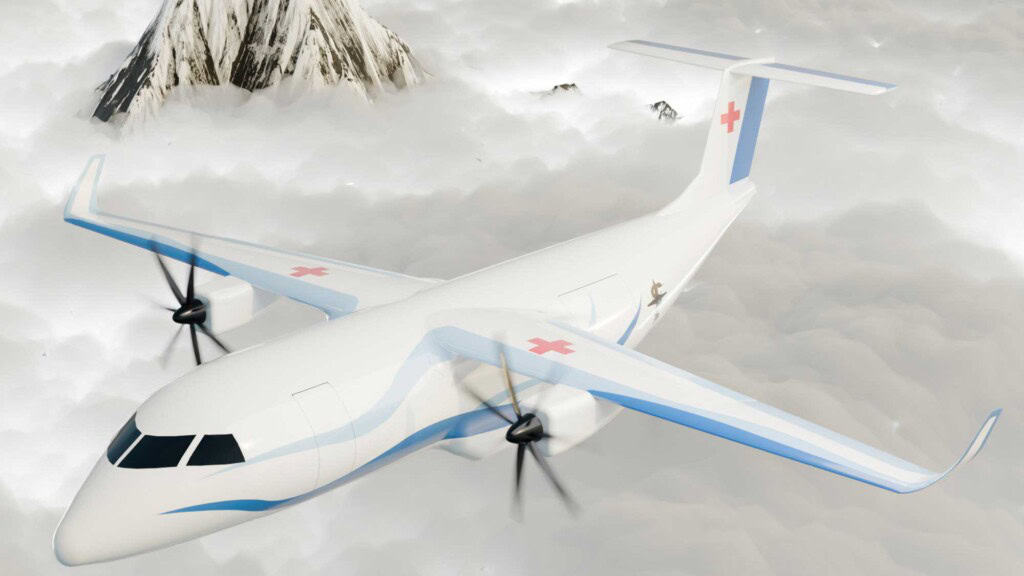
Winning concepts: Innovative solutions from AETHER and ASCLERA
The two winning teams each presented compelling designs that approached the topic of emergency evacuation from different technical perspectives. The AETHER team from Aachen University of Applied Sciences developed a versatile rescue aircraft with two turboprop engines, tailored to a wide range of medical and logistical missions. The innovative cabin design with quick-change rails and modular seat rail adapters allows for flexible adaptation to varying numbers of patients and medical equipment, enabling rapid conversion between different mission types. The large rear door optimizes rapid patient loading, which is vital in time-critical emergencies.
Technologically, the design was convincing thanks to its reliable twin-engine propulsion system using sustainable aviation fuel, thus taking ecological aspects into account. The combination of robustness, efficiency, and flexibility was a key advantage of this concept.
The concept of the ASCLERA team from RWTH Aachen University also presented extensive innovations, particularly distinguished by highly developed system architectures. They designed a platform characterized by digital networking and intelligent control mechanisms, thus not only optimizing on-board medical care but also improving on-site logistical processes. Their solution relies heavily on the integration of modern aviation technologies with a focus on efficiency, safety, and rapid responsiveness. The close integration of system architecture and aerodynamic design enabled optimized flight characteristics while simultaneously minimizing environmental impact.
Both teams impressively demonstrated how technical knowledge, creativity, and effective teamwork work together to develop innovative and practical solutions that can have a lasting impact on future rescue operations.
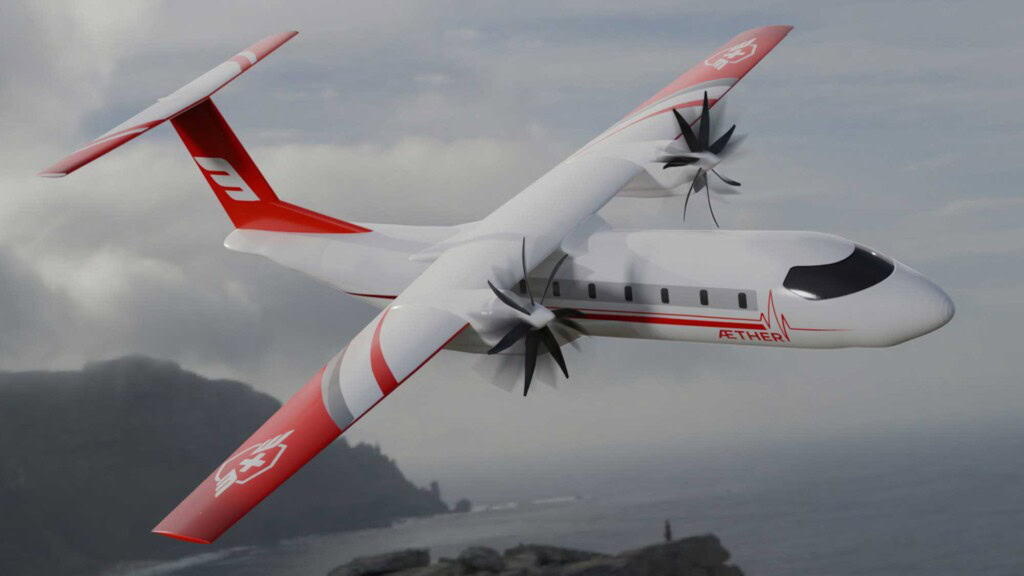
Practical significance and further perspectives for the aviation industry
The results of the DLR Design Challenge 2025 not only offer theoretical concepts but also provide valuable input for the further development of emergency evacuation aircraft in the aviation industry. The combination of aerodynamic expertise, intelligent system integration, and medical equipment demonstrates new ways to efficiently meet complex mission requirements.
The ability to evacuate and provide medical care to people in life-threatening situations more quickly and safely is a crucial goal that is being directly advanced through these projects. The students’ long-term experience and networking with experts from research and industry create a solid foundation for further innovation processes.
In addition, the concepts are presented at renowned conferences such as the German Aerospace Congress and the European Aerospace Science Network Conference, increasing visibility and acceptance within the industry. These forums also provide opportunities for exchange with international experts, facilitating the transfer of the developed solutions into global rescue concepts.
The challenge of achieving a balance between performance, sustainability, and patient-centered design remains a central theme in aviation development. The students’ innovative ideas serve as pioneers, providing important best practices for future projects.
Conclusion: Pioneering evacuation solutions thanks to committed young researchers
The DLR Design Challenge 2025 impressively demonstrates how interdisciplinary collaboration and technical commitment can overcome both engineering and medical challenges. The winning projects from AETHER and ASCLERA impressively illustrate the potential of modern emergency evacuation aircraft capable of providing rapid and effective assistance even under challenging conditions.
The combination of flexible cabin design, sustainable propulsion, and modern control systems reflects the current state of aviation technology and integrates innovative medical requirements. These approaches contribute significantly to advancing aviation while simultaneously making humanitarian rescue operations more effective.
With a view to the future development of such special aircraft, the findings of the Design Challenge provide valuable inspiration that sets new standards both technologically and organizationally. The dedicated students demonstrate how creative ideas and in-depth knowledge go hand in hand to enable life-saving innovations. Ultimately, not only the teams and the aviation industry benefit from this competition, but above all the people who depend on fast and reliable assistance in emergency situations.

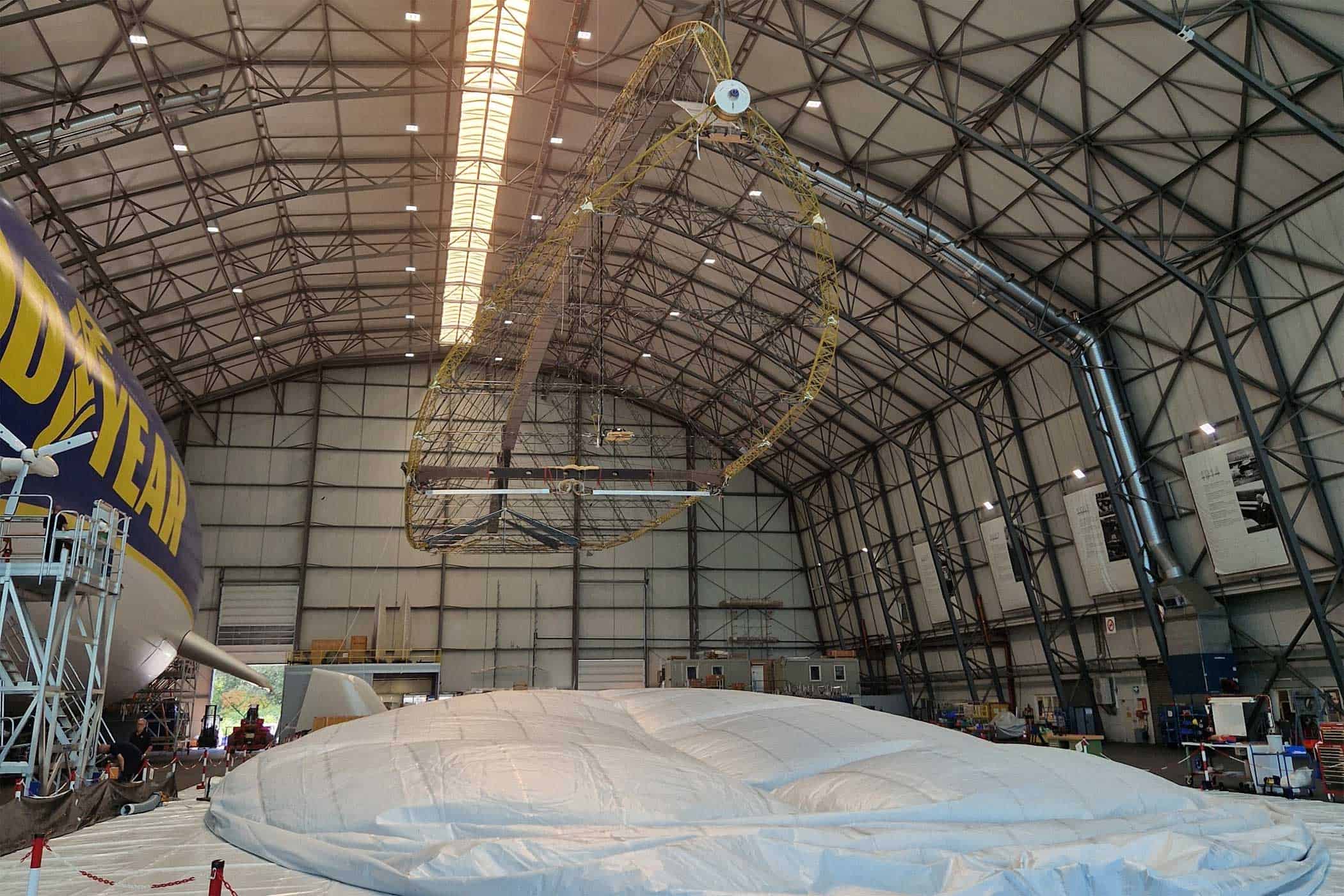 Zeppelin NT airship conquers the skies of the Lake Constance region (Zeppelin NT airship conquers the skies of the Lake Constance region)
Zeppelin NT airship conquers the skies of the Lake Constance region (Zeppelin NT airship conquers the skies of the Lake Constance region)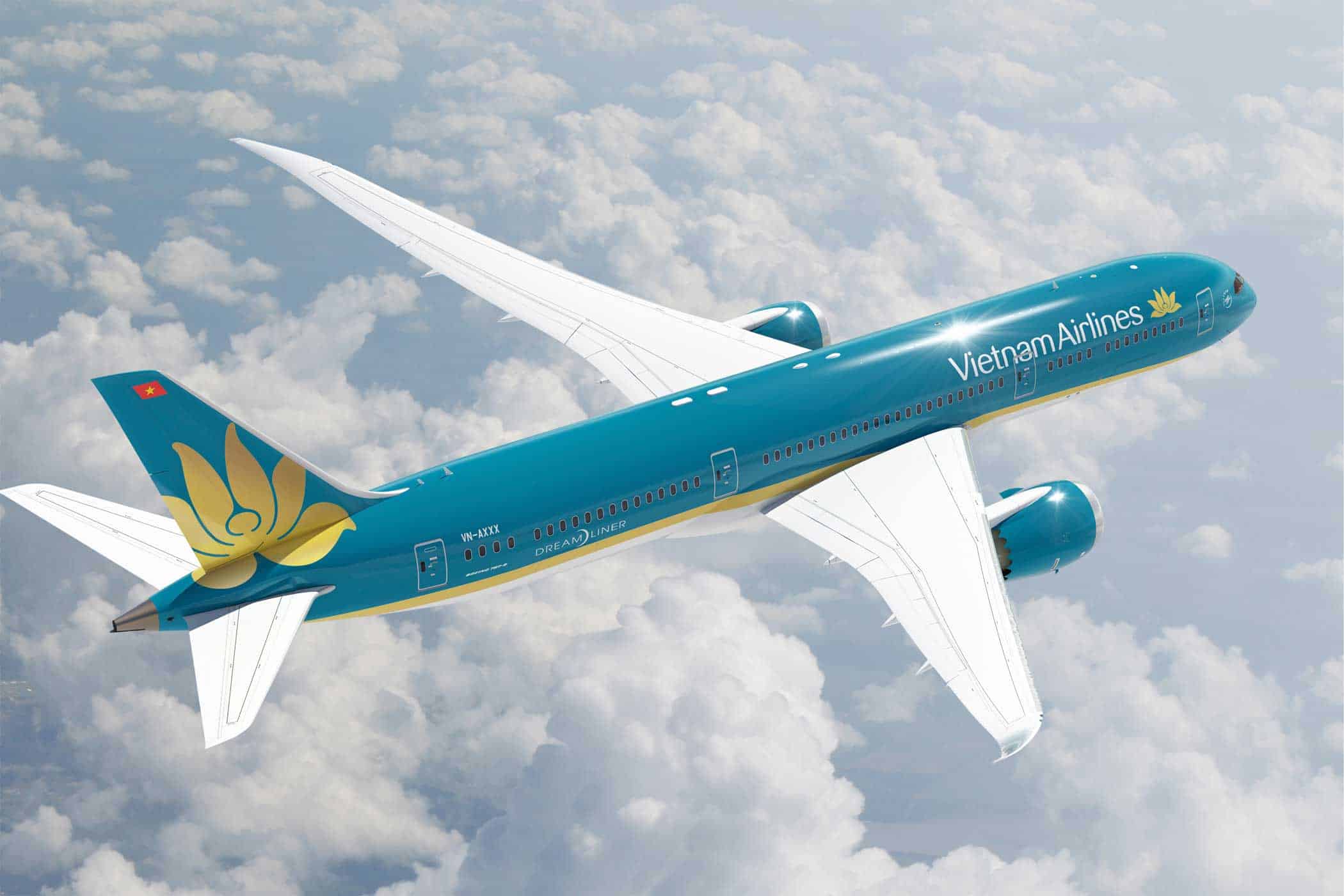 Vietnam extends visa-free entry until 2028 (Vietnam extends visa-free entry until 2028)
Vietnam extends visa-free entry until 2028 (Vietnam extends visa-free entry until 2028) ver.di integrates TGL and strengthens aviation presence (ver.di integrates TGL and strengthens aviation presence)
ver.di integrates TGL and strengthens aviation presence (ver.di integrates TGL and strengthens aviation presence)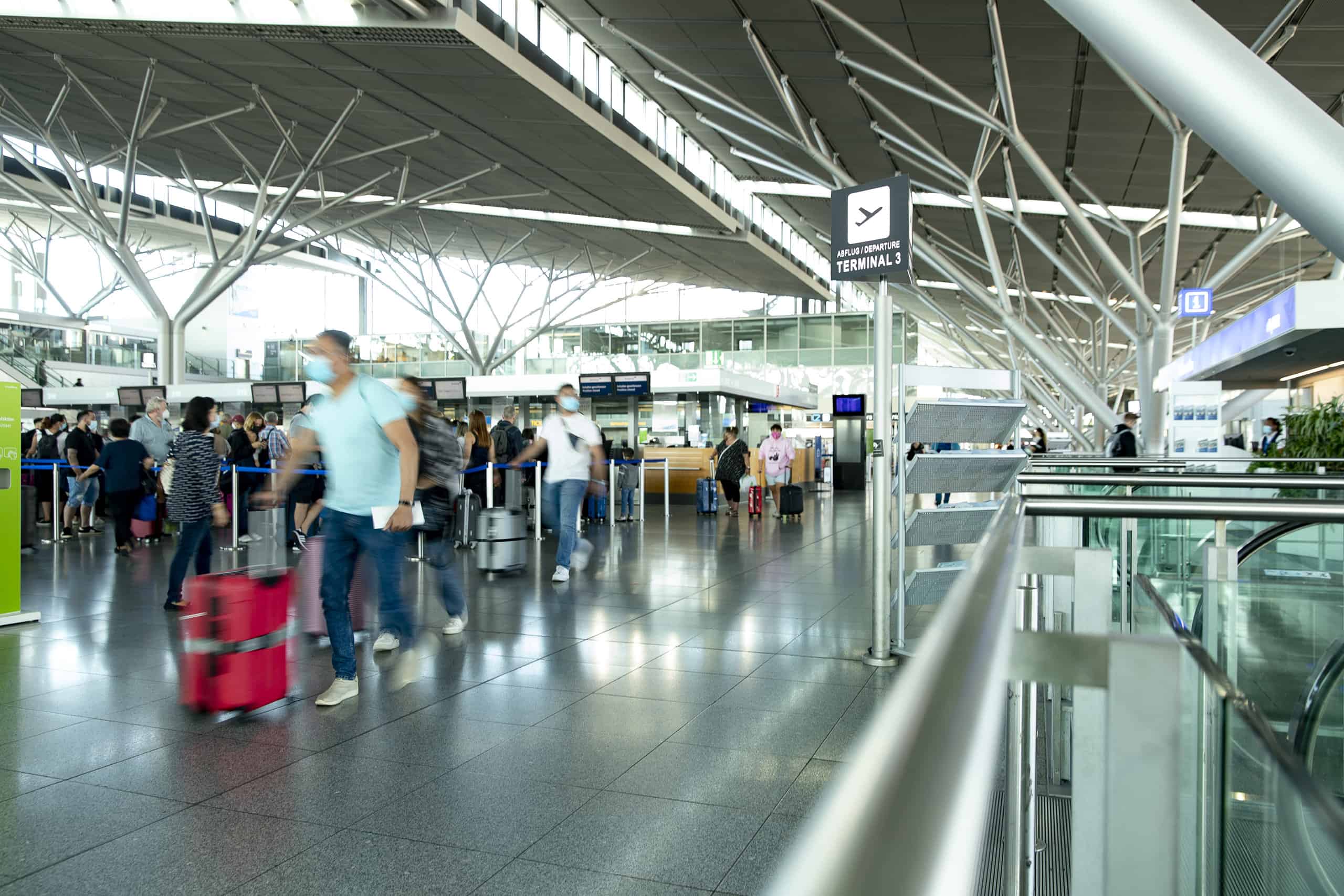 ver.di announces strike at Stuttgart Airport (ver.di announces strike at Stuttgart Airport)
ver.di announces strike at Stuttgart Airport (ver.di announces strike at Stuttgart Airport) Turkish Aerospace and Embraer strengthen aviation industry (Turkish Aerospace and Embraer strengthen aviation industry)
Turkish Aerospace and Embraer strengthen aviation industry (Turkish Aerospace and Embraer strengthen aviation industry)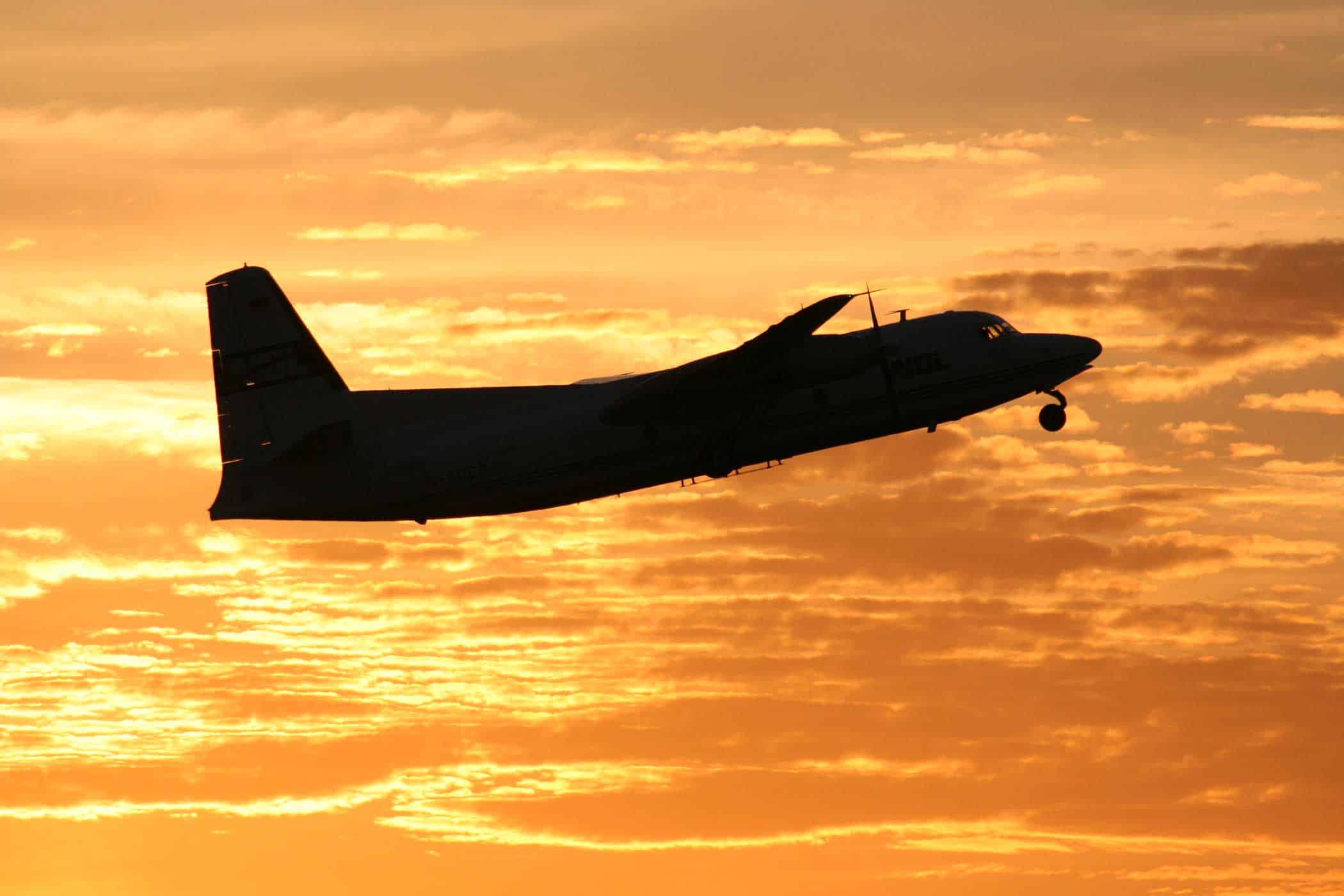 Traditional brand German Airways celebrates its 70th anniversary (Traditional brand German Airways celebrates its 70th anniversary)
Traditional brand German Airways celebrates its 70th anniversary (Traditional brand German Airways celebrates its 70th anniversary)


